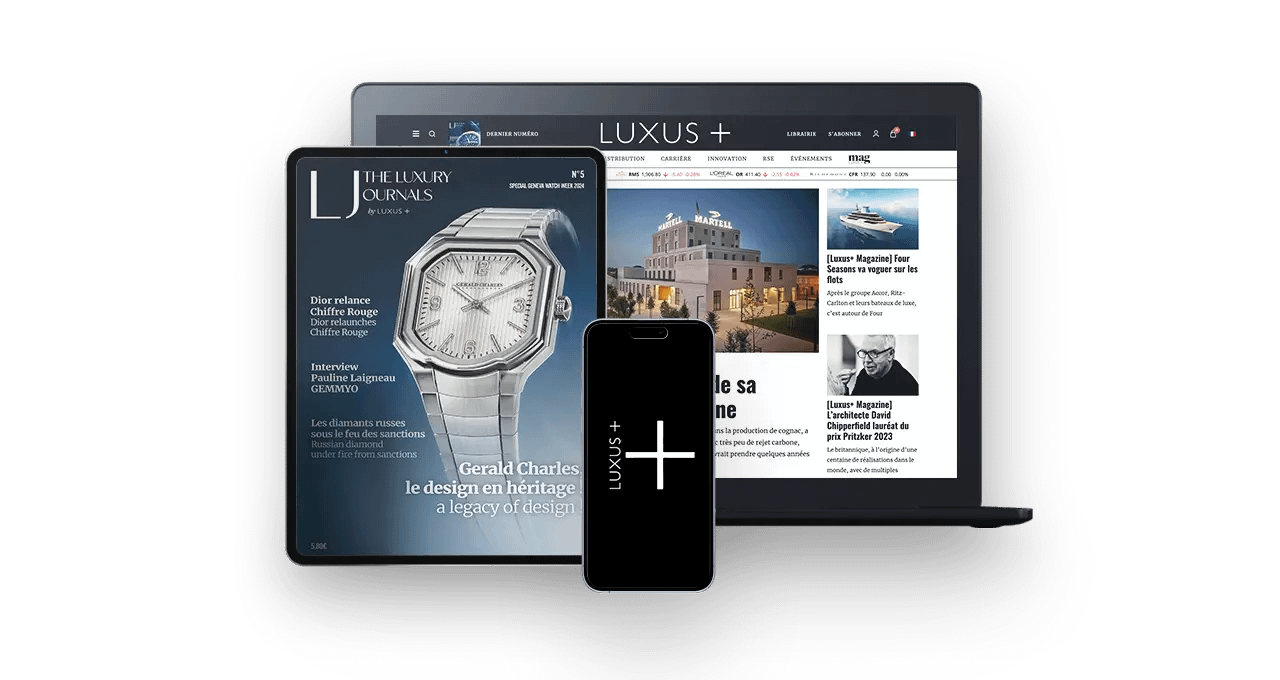Whether cyclical or structural, the malaise currently afflicting the luxury sector appears to run deeper than meets the eye. The relentless promotion of luxury, the dilution of exclusivity and aggressive pricing strategies seem to have finally worn down customers on both sides of the spectrum, whether aspirational or wealthy, prompting the latter to seek out more affordable alternatives in the paradox of the duped.
“Luxury Fatigue” is a contemporary phenomenon in which traditional luxury consumers are experiencing growing weariness with the omnipresence of prestige brands.
Paradoxically, while the luxury market continues to grow—reaching nearly $1.5 trillion in 2024—the enthusiasm and desire that once characterized this sector are eroding. This saturation can be explained by three major factors: the hyper-availability of luxury products, the democratization of aesthetic codes via social media, and the emergence of “dupes,” products that imitate the aesthetics of major brands at a lower cost.
In this context of hyper-choice, how can luxury brands reinvent the notions of rarity and authenticity to revive the desirability of their products?
In this new column, Pascal Malotti, Global Retail Strategy Lead for Valtech Group and Director of Strategy at Valtech, first describes the symptoms of this “luxury fatigue” before discussing various ways to revive the desirability of luxury.
Dilution of exclusivity
The economic model of major luxury brands has gradually shifted, favoring volume growth over exclusivity. Flagship stores in every major city, accessible product lines, and omnichannel strategies have made these brands ubiquitous. This ubiquity contradicts the very essence of luxury: relative inaccessibility. Gucci perfectly illustrates this evolution: from 76 stores in the 1990s to more than 520 today, the brand has multiplied its points of contact until its iconic Marmont bag has become one of the most widespread accessories in global cities.
Aesthetic standardization
The standardization of visual codes between brands creates a disappointing homogeneity. Discerning consumers now recognize the cross-cutting trends that run through collections, diminishing the perception of uniqueness. Social media amplifies this phenomenon by accelerating the spread and commoditization of aesthetic codes. Between 2018 and 2021, the wave of oversized logos simultaneously swept Gucci, Balenciaga, and Fendi, creating a persistent déjà vu effect across collections.
Paradoxical dupes
The rise of “dupes” — products that faithfully reproduce the aesthetics of major brands — raises a fundamental question: if the appearance is the same, why pay the price of luxury? This phenomenon reveals that brands have overexploited the visual aspect at the expense of other dimensions of value. In 2022, the hashtag #dupe generated more than 2 billion views on TikTok, propelling brands such as Mango and Zara, which are able to reproduce the aesthetic of a Bottega Veneta bag for less than a tenth of its price, into the spotlight.
The question now is what remedies can be considered to combat “luxury fatigue.”
Read also > [CHRONICLE] Understanding global trends as a luxury brand today
Featured image: © Jakob Trost/Unsplash






































